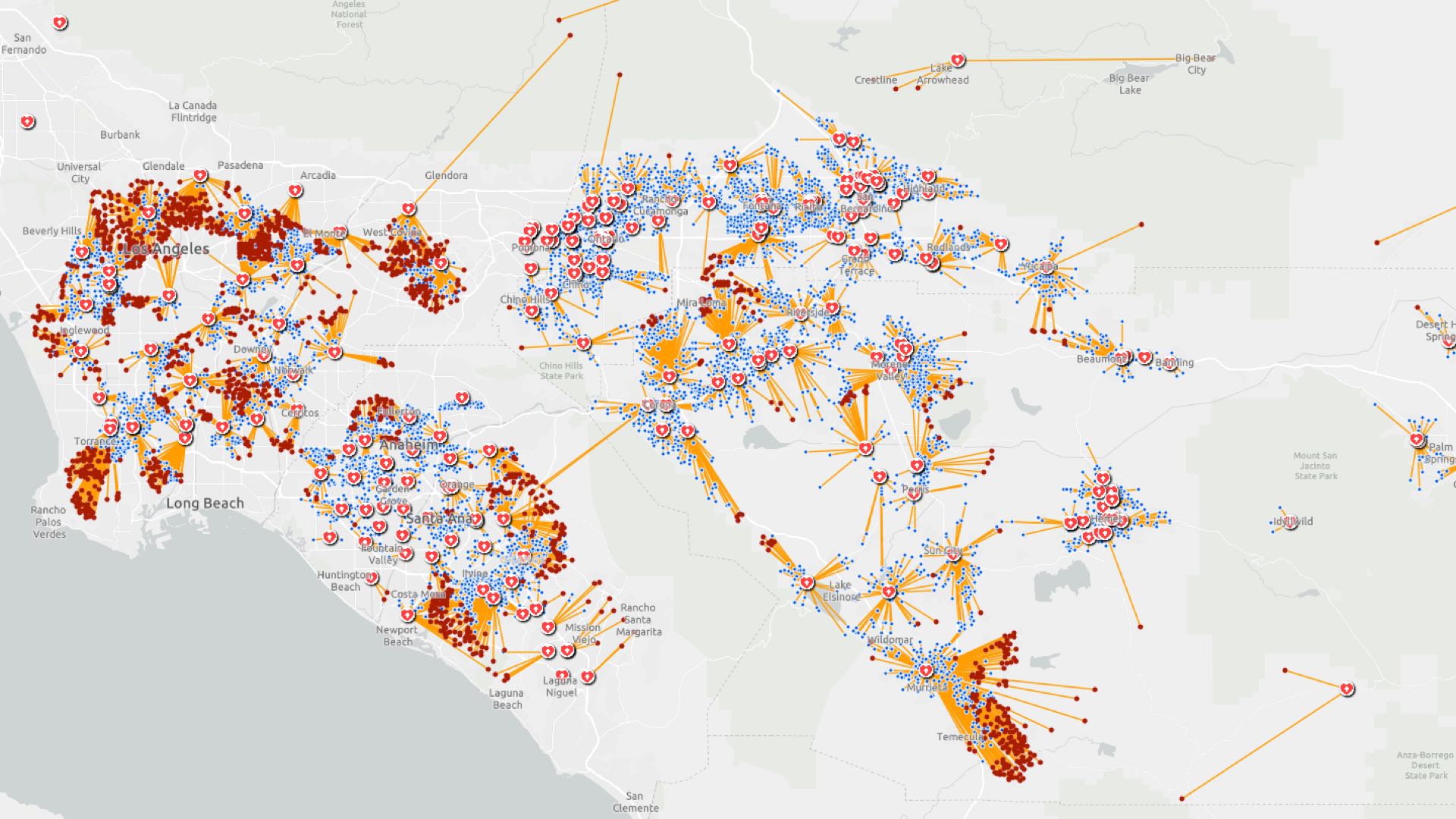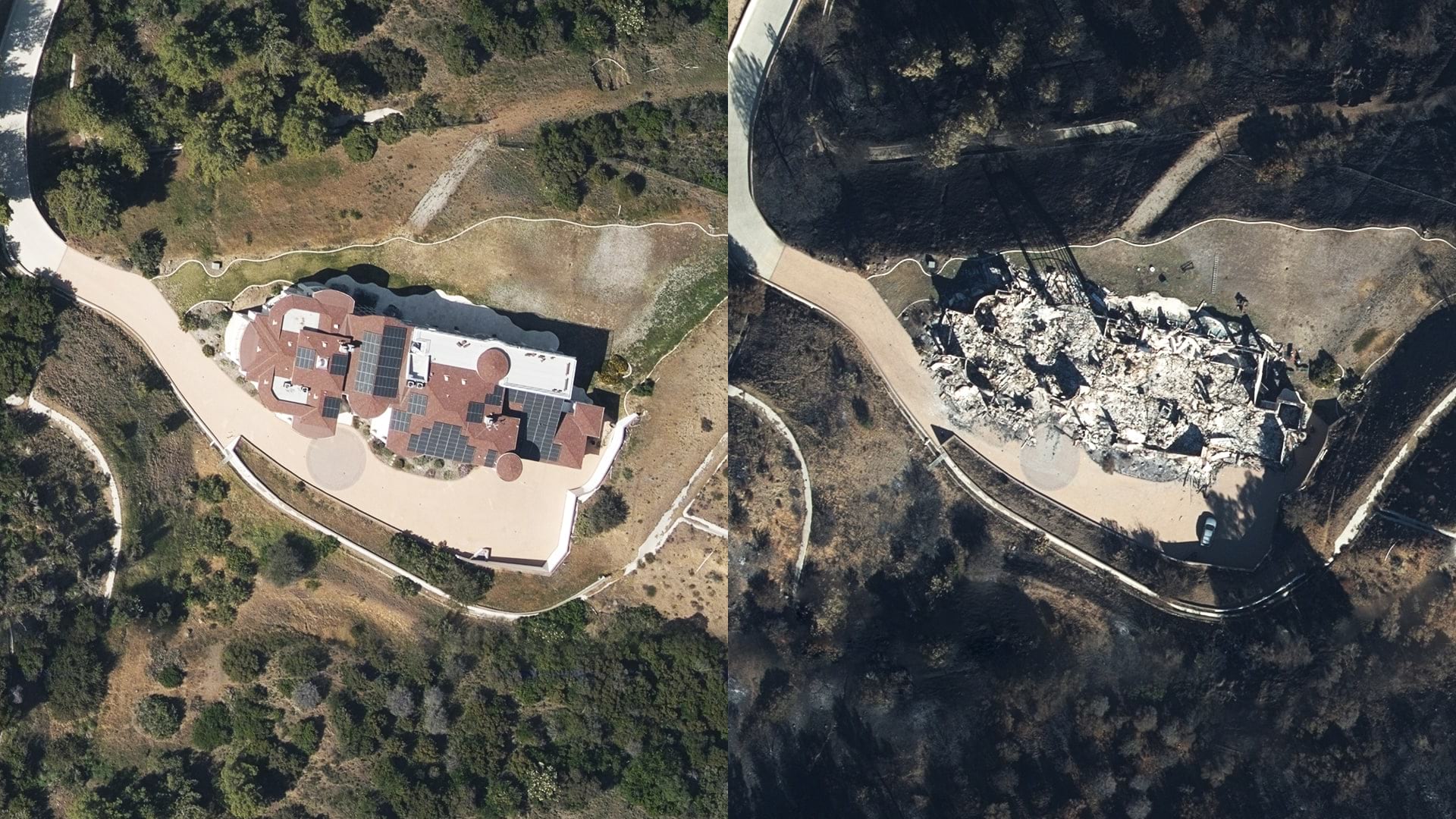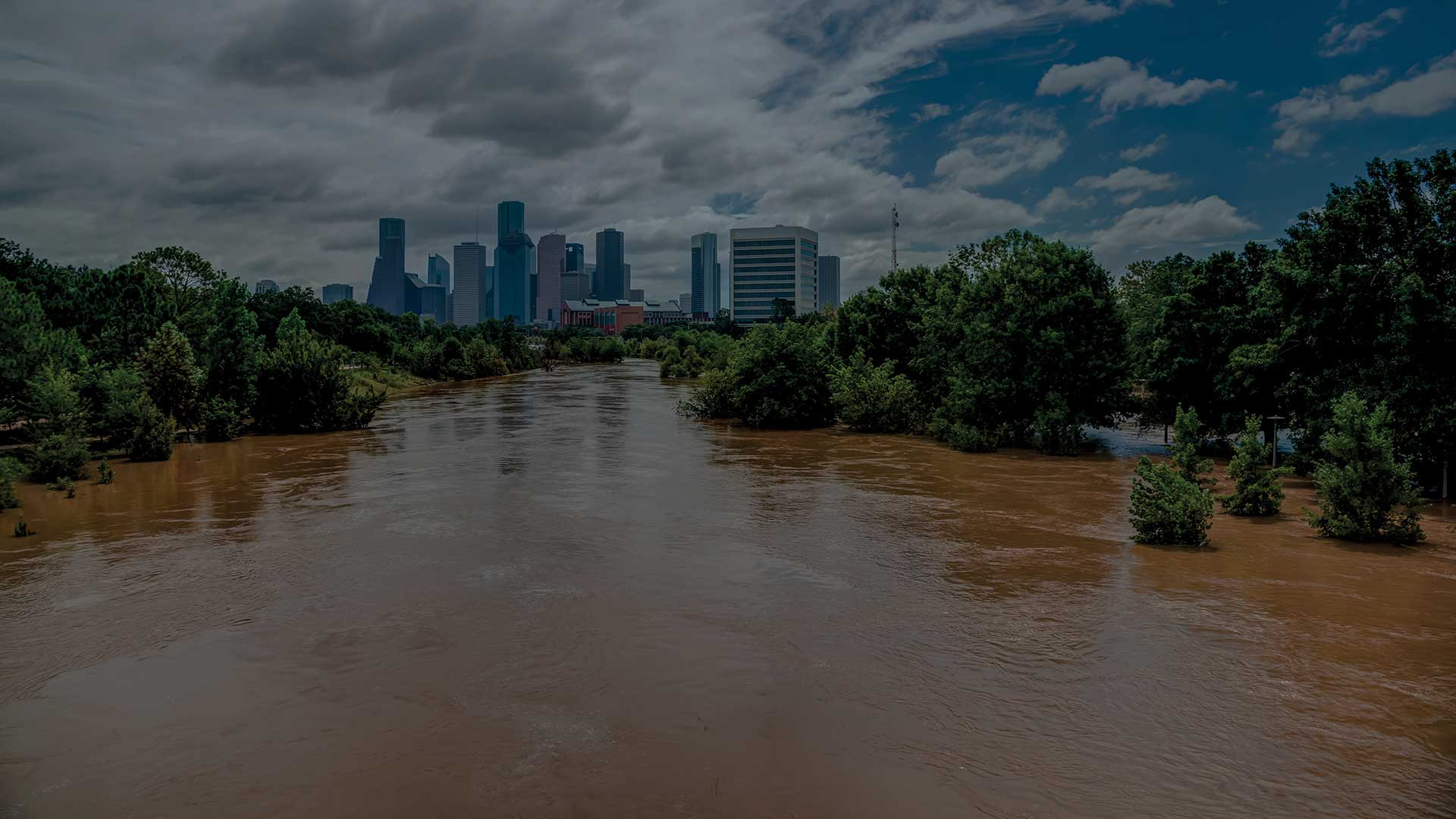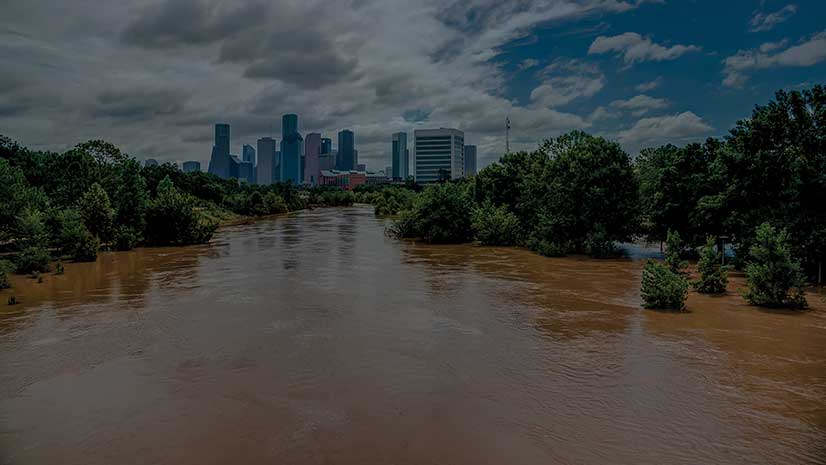In a time of crisis, accurate data and quick insight are essential for a meaningful business response. As the novel coronavirus disease (COVID-19) spreads, companies are using location technology to help executives, employees, partners, and customers navigate effectively.
Business leaders are seeking clarity in a situation that changes hourly and varies widely across locations. Geographic information system (GIS) technology is helping them—and their employees and customers—understand the coronavirus reality and make decisions quickly.
COVID-19 Response Tactics
In the private sector, GIS professionals are quickly shifting their focus—from traditional projects like analyzing customer demographics and assessing prospective store locations—to creating resource sites and applications that guide people through the COVID-19 outbreak.
This site equips GIS professionals in the business community with datasets and resources to build effective dashboards for navigating the pandemic.
To manage uncertainty caused by coronavirus, GIS teams are using maps, dashboards, and other tactics to support executives, employees, customers, and the public:
- One global manufacturer created GIS-based dashboards that monitor the status of production facilities, distribution centers, and supply chain partners. This information helps decision-makers maneuver around disruptions and keep critical supplies flowing, much as it has in natural disasters.
- A US-based retailer quickly developed a GIS dashboard to guide its COVID-19 response. The dashboard is powered by a smart map and displayed on big screens in the corporate office, allowing executives to quickly view store openings, virus cases, and employee status. Executives use that insight to adjust resources and policies as circumstances change.
- A global bank is finding new ways to help customers access services. Bank analysts are using GIS to assess customer locations and drive times. With that insight, the website and mobile app can direct customers away from areas with higher COVID-19 incidence and toward services in safer locations.
- One of the largest retailers in the world is quickly building GIS apps for customers, the public, and health officials. These smart maps deliver intuitive views of store openings and closings, testing sites, emergency supplies, and more.
- A mid-sized tech firm with a global services division spun up a mobile app that allows its consultants to share their location and working status, creating a map for executives to see where and how many resources they have available to assist clients.
Other data layers an executive might map include state and local shelter-in-place orders, online sales orders and pickup locations, and optimal delivery routes. This interactive map reveals the impact of COVID-19 on every county in the US, along with useful demographics by location.
Many of the above companies quickly deployed lightweight mobile apps for global facilities and offices. Regional managers use the apps to note the status of production, employee health, and other important metrics. That data is added in real time or near real time to smart maps at headquarters so the company can communicate status reports to customers and the public.
Finding Reliable Data During the Pandemic
Businesses, health officials, and governments are working together to address the public’s medical and everyday needs. That effort relies heavily on accurate data.
GIS acts as an information hub, connecting organizations to authoritative data sources and helping them make sense of their operations on a map. The Johns Hopkins map of COVID-19 cases, for instance, is built on GIS technology, and has been incorporated into business dashboards to bolster COVID-19 awareness.
GIS technology is also a platform for data sharing. At this GIS resource site (the same site mentioned earlier in this article) companies can connect to authoritative data sources, including:
- Healthcare facility locations
- The location and number of hospital beds
- Current count and location of COVID-19 cases
- Population demographics
- Social vulnerability by location
In addition, companies like Walmart have created public dashboards with information on store openings and closings. A GIS team can add these and other datasets to information sites. With that trusted information situated on a map, employees, customers, and the public can quickly find resources to help them through the crisis.
Most companies already use the GIS technology that powers these maps, apps, and resource sites. By asking GIS professionals to contextualize critical information on COVID-19, business leaders are seeing more clearly during these difficult times.
Additional Resources for COVID-19 Response
How Your GIS Department Can Respond to COVID-19 [via Esri]
Reliable Data Is Helping Businesses Respond to COVID-19 [via WhereNext]
Rethinking Business Resilience in the Midst of the Coronavirus Outbreak [via Forbes, Esri]
Supply Chain Recovery in Coronavirus Times [via McKinsey]
COVID-19 Learnings for Consumer Goods [via Cognizant]
9 Maps That Show Which Areas Could Be More Vulnerable to the COVID-19 Pandemic [via Fast Company]












